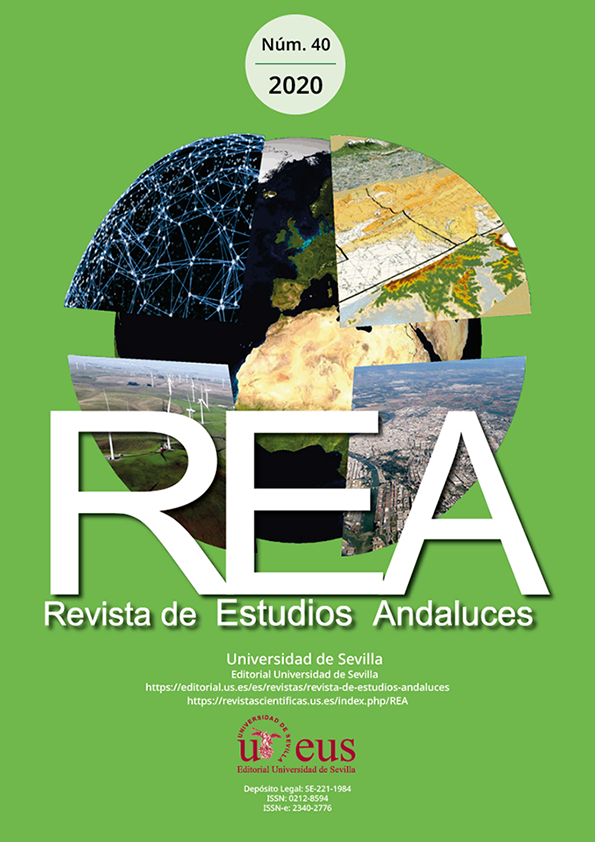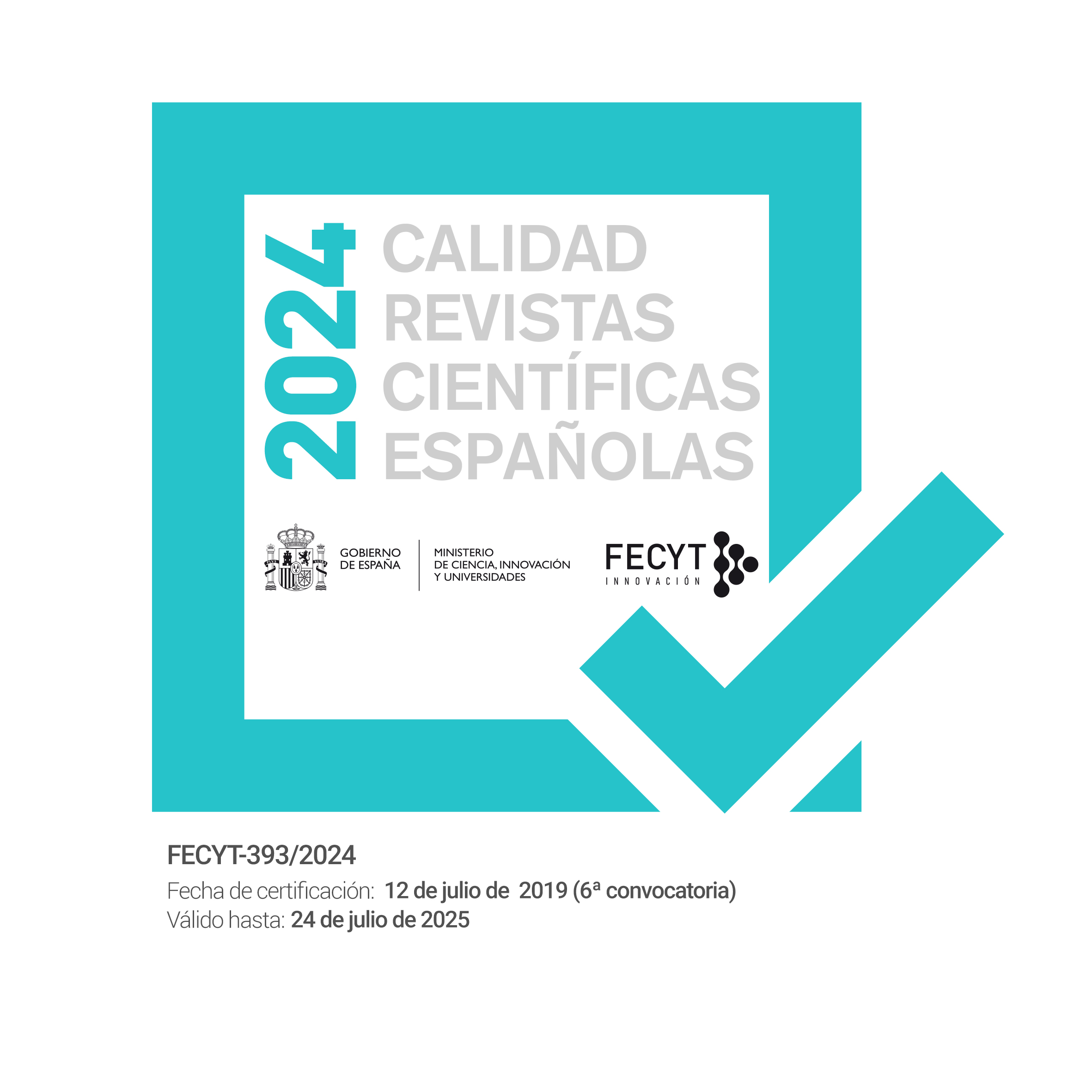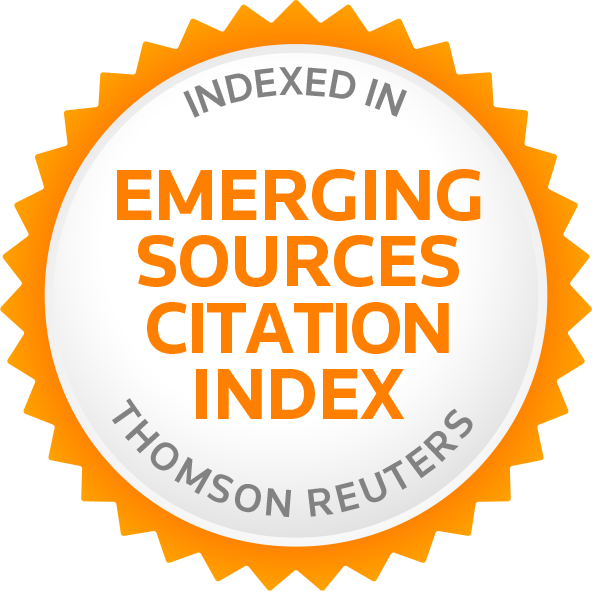Measuring the Existence of a Link between Crime and Social Deprivation within a Metropolitan Area
Palabras clave:
Crime, social deprivation, aggregative index, GenoaResumen
The purpose of the investigation, carried out in the municipality of Genoa (Italy), is to verify the existence of a relationship between crime, observed at the place where the criminal act is committed, and social deprivation. In other words, it aims to investigate the relation between crime and social deprivation from a spatial perspective. Crime, which manifests itself in various forms, is identified in the scientific literature from the concept of a “deviant act” that can be analysed with spatially, temporally and psychologically based approaches. Social deprivation, on the other hand, is a complex phenomenon, defined by Townsend, whose analysis is based primarily on the relational aspect of marginalised and vulnerable groups. The main contribution of this work is the high territorial consistency of the data, referring to the local districts of Genoa. The methodology consists in the realisation of two aggregative quantitative analyses for the construction of the indices. On the one hand, crime is measured using a method based on the sum of standardised variables, while social deprivation is studied by DP2 method. The analysis shows a trend of high levels of crime in districts closest to the centre of the city of Genoa, a trend that decreases as it moves toward the periphery. The city centre areas are the most crowded and the most difficult to control continuously due to the intense traffic of people, especially during rush hours. A similar result can be observed in terms of social deprivation: the districts closer to the centre tend to be more socially critical, while the more distant districts have a stronger social fabric, also due to less traffic by residents. The work can be a useful tool to help policymakers define timely and localised measures to combat crime.
Descargas
Descargas
Publicado
Cómo citar
Número
Sección
Licencia
La edición electrónica de la Revista de Estudios Andaluces se ofrece en acceso abierto desde el número 28 publicado en 2011 hasta la actualidad. Las ediciones impresa y electrónica de esta Revista son editadas por la Editorial de la Universidad de Sevilla, siendo necesario citar la procedencia en cualquier reproducción parcial o total.
La Revista de Estudios Andaluces no cobra tasas por el envío de trabajos, ni tampoco cuotas por la publicación de sus artículos. La Revista es gratuita desde el momento de la publicación de cada número y sus contenidos se distribuyen con la licencia “CreativeCommons Atribución-NoComercial-SinDerivar 4.0 Internacional” , que permite al usuario de la Revista de Estudios Andaluces criterios que cumplen con la definición de open access de la Declaración de Budapest en favor del acceso abierto. Puede consultar desde aquí la versión informativa y el texto legal de la licencia. Esta circunstancia ha de hacerse constar expresamente de esta forma cuando sea necesario.







